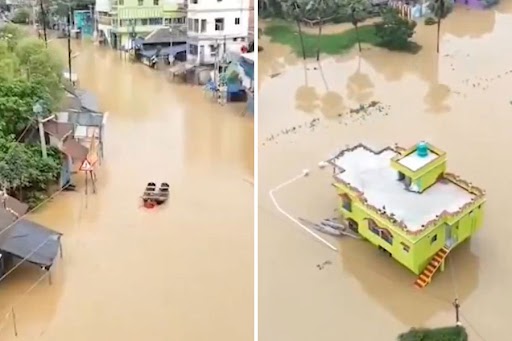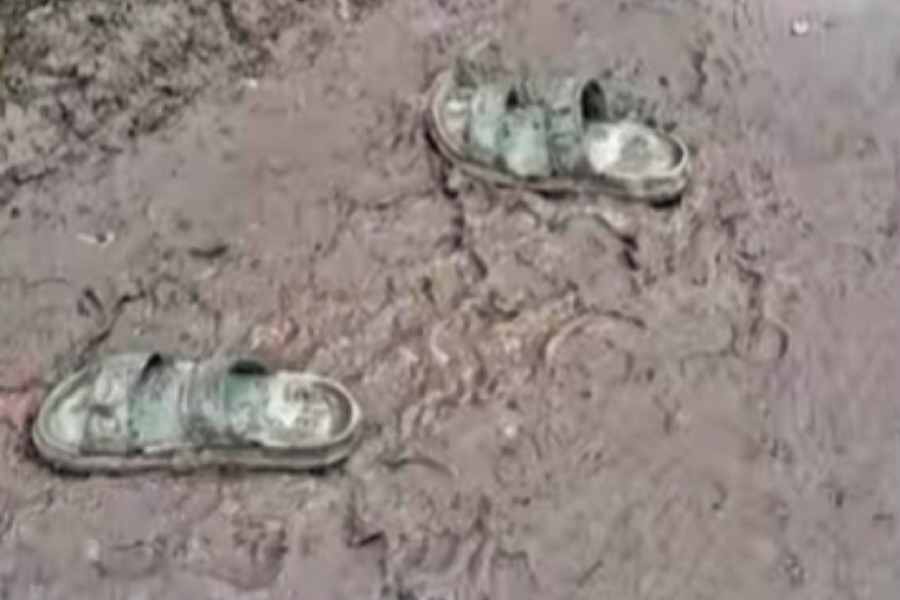
Cuttack, April 26: Government laxity in giving the green signal has throttled a Rs 128-crore project for redevelopment of the British era Taladanda canal.
Officials of the water resources department had completed the ground work and submitted a detailed project report for it nearly a year ago. However, despite chief minister Naveen Patnaik overseeing the department, the government is still to issue orders for its execution.
The project envisages restoration of an 11.78km stretch of the 150-year-old canal running in the city between Jobra and Biribati. Decades of neglect has caused silt deposits along the stretch, in turn, damaging and eroding the banks. The 83km canal is Odisha's longest waterway that begins at Jobra and links the Mahanadi river with the Bay of Bengal in Paradip.
"We have drawn up the project under the Canal Lining and System Renovation Programme, which includes work on the canal bed and fortification of eroded banks with sidewalls to restore the stretch to its original look and function as an irrigation channel," executive engineer, Mahanadi (south division) irrigation, Prasanta Kumar Das told The Telegraph today.
"We have split the project into two phases. The Rs 58-crore first phase covers a 5.34km stretch, while the remaining 6.44km is estimated to cost Rs 70 crore," Das said.
An official said a technical advisory committee had approved the project report and it was now up to a high-power committee to decide whether the government would fund the project or go for external funding.
The redevelopment plan includes three bridges over the canal aimed to address traffic problems in the respective locations in Cuttack.
While one bridge will connect the road on the western boundary of SCB Medical College and Hospital at Ranihat with Jobra on the other side of the canal, another has been planned near Matrubhaban to connect with OMP Square. The third bridge across the canal will connect Matagajpur with the Cuttack-Paradip road near the Central Rice Research Institute at Bidyadharpur.
Work to restore the canal to resemble the irrigation channel it used to be more than a century ago had been undertaken in 2011 with long-term loan from the Asian Development Bank for the Odisha Integrated Irrigated Agriculture and Water Management Project. But, the 11.78km stretch running through the city was dropped because of encroachments lining it. Guidelines of the development bank refused funding in the presence of encroachments, an official said.
The East India Company dug up parts of the canal in 1862 for irrigation purposes and creating a waterway. It was taken over by the British government, which completed the project in 1869. Later, the state government made some additional constructions to extend the tail end at Atharbanki near Paradip in 1964.
The canal provides irrigation water to six blocks in Cuttack and Jagatsinghpur districts - Sadar Cuttack, Jagasinghpur, Raghunathpur, Balikuda, Tirtol and Ersama.











